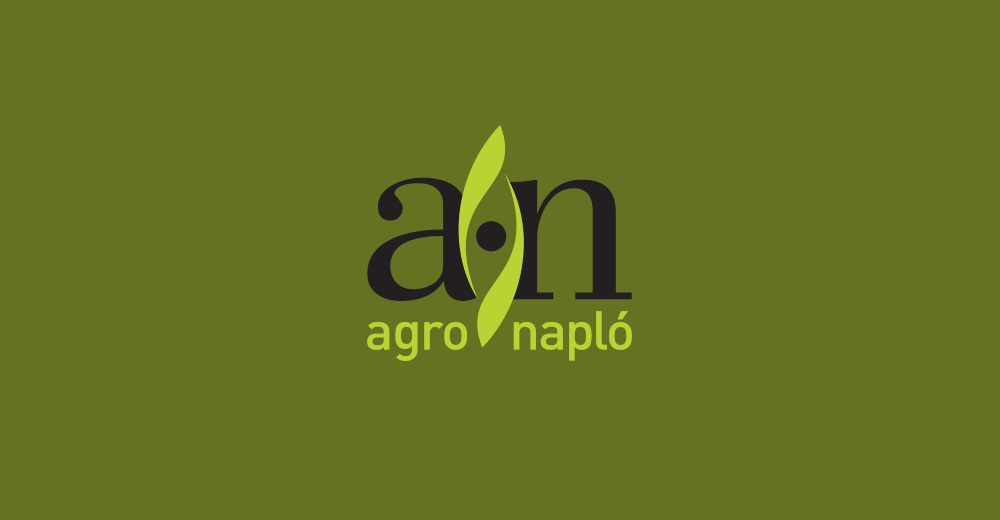To illustrate the results of the CAP's performance, dashboards by CAP objective were initially published end of December 2018. The dashboards present key data via graphs and maps to get a better understanding of the CAP's impact and role at the EU and national level. In line with this work, three new dashboards were published by the European Commission.
Financing the CAP: for over 50 years, the common agricultural policy (CAP) has been among the most important European common policies. It has taken a large part of the EU's budget, with a declining percentage over the years. These resources at EU level ensures efficient and effective spending that avoids distorting the internal market and delivers a wide range of public goods. The dashboard shows CAP expenditure by instrument, sector and Member States. It highlights the progressive switch from price support to decoupled support, and the increasing focus on rural development and greening.
Adding value: this dashboard shows data on the distribution of value added along the food supply chain at the EU level. The CAP contributes to adding value to agricultural products thanks to the EU's agricultural quality policy and the support offered to producer organisations.
There were more than 3,200 recognised quality products in 2017. The wine sector has the biggest share of recognised products, representing 49% of all product names registered as geographical indications. Cheese, meat products, fruit, and vegetables have also a significant share of registered names under the policy. The number of recognised producer organisations was over 3,600 in 2017. For some sectors, the production marketed through producer organisations is quite substantial, reaching 49% for the fruit and vegetable sector.
Productivity: this dashboard provides information on productivity in the agricultural and food sectors. It displays various measurements of productivity, in particular total factor productivity and labour productivity. The EU support to productivity is included through gains and innovation via the European innovation partnership (EIP) as well as through investments for restructuring and modernisation in rural development.
Based on the 2005 index, EU agricultural productivity keeps growing, although with national differences. The breakdown of the index shows that labour productivity is increasing and contributing to the increase. The evolution of the sector lies on a decreasing number of agricultural workers and the modernisation of the sector. At EU level, agricultural productivity keeps growing, but has been at a slower pace in recent years.







